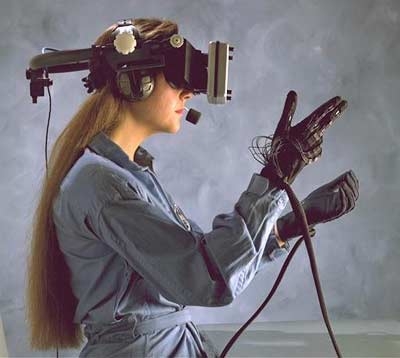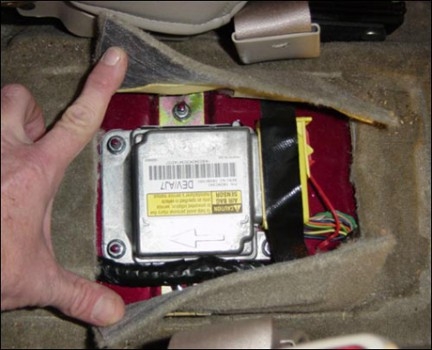
Putting the “Science” in “Science Fiction” – Nanotech Part 2: Medical Nanotech
In an earlier blog, I discussed the field of nanotechnology – the science of manipulating matter on the molecular and atomic scales. Nanotechnology, or nanotech for short, is a field of study that is growing rapidly, and promises to have many far-reaching applications for improving daily life. Although many industries will likely be revolutionized by nanotech as it becomes more prevalent, one field that stands to benefit the most from these advances is medicine. Specific nanotechnology for use in medical treatment is already under development, and as this technology becomes more advanced and easier to manufacture, these nanotech treatments may eventually become more common than modern surgical and chemical treatments. Work is already progressing on using nanotechnology to supplement or even replace conventional drug delivery, cancer treatments, and even surgery.
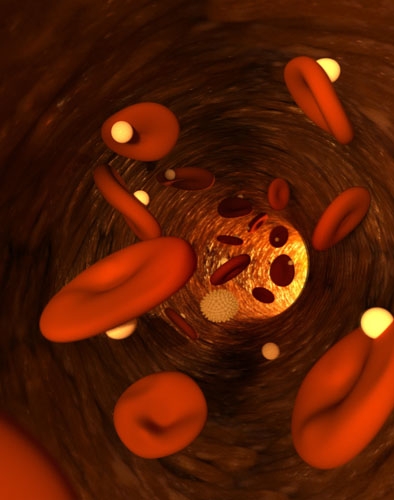
One potential medical use of nanotechnology is to better control the delivery of drugs into a patient’s body. Research in this field offers new possibilities in targeting drugs to specific locations, thus ensuring maximum effectiveness with minimal side effects. For example, a properly engineered nanostructure can be designed to deliver anti-cancer drugs directly to a tumor site, or to place samples of a vaccine directly into parts of the body that create antibodies.Scientists are also looking at other potential uses of this technology, such as moving drugs across the barrier between the bloodstream and brain to treat neurological disorders. Nanotechnology could improve the delivery of antibiotics, allowing targeted areas to be cleared of harmful bacteria, while useful bacteria are allowed to survive. All of these treatments will help to improve the effectiveness of drug treatments, while also reducing or eliminating the harmful side effects such treatments often have.
A major avenue of nanotech research is finding a way to destroy cancerous cells more effectively and without the negative side effects of treatments such as chemotherapy. Besides allowing more targeted drug treatments, nanotech offers many more possibilities to help in the fight against cancer. One such possibility is using nanostructures to help in cancer imaging. One method of doing this is to create iron structures engineered to attach to tumor cells, thus making them easier to detect through magnetic resonance imaging (MRI). Nanomaterials can also be helpful in diagnosing other illnesses by creating chips that separate bacteria, viruses and other cells to allow for easier identification. After cancer cells are found, nanotech can help to destroy them. One focus of research is creating
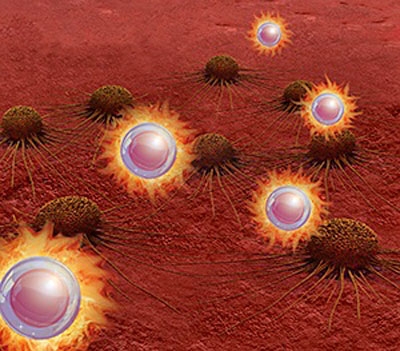
nanostructures that will attach to cancerous tissue. These structures will then heat in response to being exposed to infrared light or radio waves, thus burning the tumor and nearby cancerous cells enough to kill them while causing no damage to the surrounding tissue. If methods like this become commonplace, they could fully replace conventional cancer treatments such as chemotherapy, which has severe negative side effects.
All of these avenues of research promise to revolutionize medicine, but none of them promise to have the same impact on the medical field as nanorobotics. The creation of microscopic robots through nanotechnology will completely change the way that surgical procedures are conducted. These robots will be able to perform operations without any need for invasive measures, as they can be injected into the bloodstream and make their way to the wound site on their own. Through a technique called flesh-welding, these robots will be able to seal up wounds without a need for sutures and stitches, and to perform more delicate surgeries than anything that is possible today. Some scientists even believe it may be possible to build nanobots that can manipulate cells into regenerating directly, rather than simply giving the body the chance to heal naturally.
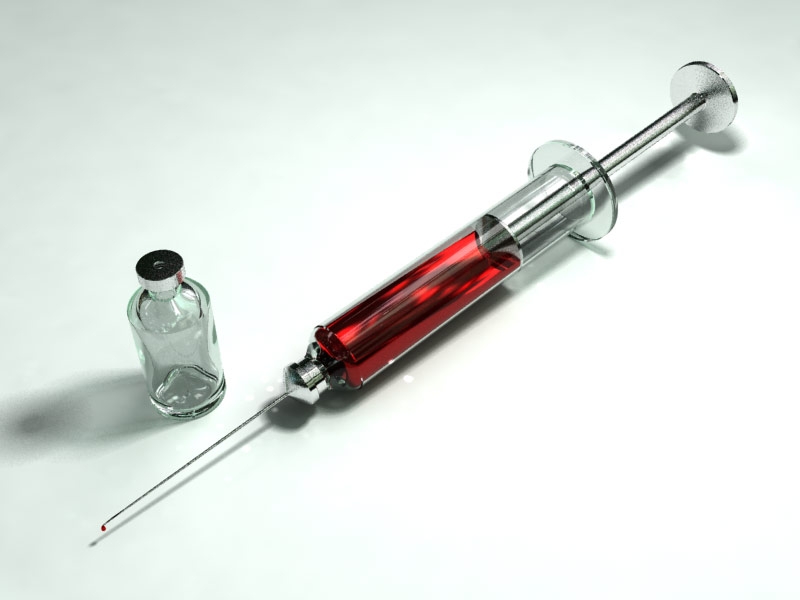
Closing wounds is just the beginning of these machines’ capabilities, however, and it may be possible to create nanobots designed to kill viruses and harmful bacteria, destroy tumor cells in a completely noninvasive way, and even clear plaque from arteries. One day it may even be possible to create nanobots capable of entering cells and repairing damage to DNA strands, preventing cancer from occurring and potentially offering the ability to repair the genes that cause genetic disorders. Perhaps the most astonishing aspect of these microscopic machines is that some scientists believe they can be created out of biodegradable materials, allowing them to be harmlessly absorbed into the body when their work is done.
It may also be possible to build nanobots that can remain in the body for long periods of time, or even replicate themselves in order to maintain a steady presence in the bloodstream. In this way, nanomachines could remain in the body indefinitely, constantly scanning for cancerous cells, viruses or toxins, destroying them as soon as they appear. If this is possible, it could create what is essentially a vaccine to whatever harmful substance the nanobots are designed to destroy.
The field of nanomedicine is growing very quickly, and the possibilities seem almost endless. The possible breakthroughs that I have described are amazing, but are still only the beginning of nanotechnology’s medical potential. Scientists have proposed everything from nanostructures that absorb free radicals in the bloodstream, helping to stop cancer from beginning in the first place, to nanomachines capable of building entire cells and thus allowing the full repair of damaged organs and removing medicine’s reliance on the body healing itself. As this technology becomes more advanced, it may even see the end of the conventional hospital, while a simple injection of nanomachines could be the treatment for everything from a broken bone to brain cancer.
As these amazing treatments become easier and cheaper to obtain, it may also open up avenues of treatment for people in the Third World, who have not traditionally had access to advanced medicine. As nanotechnology advances, it will hopefully create a world where safe and effective medical treatment is available for everyone, and a cure is available for illnesses from the common cold to cancer.
TOP PHOTO: charlesayoub.com

